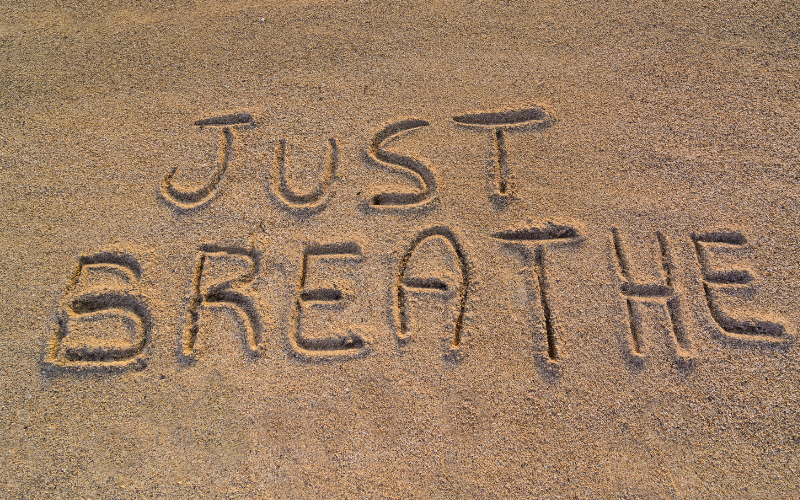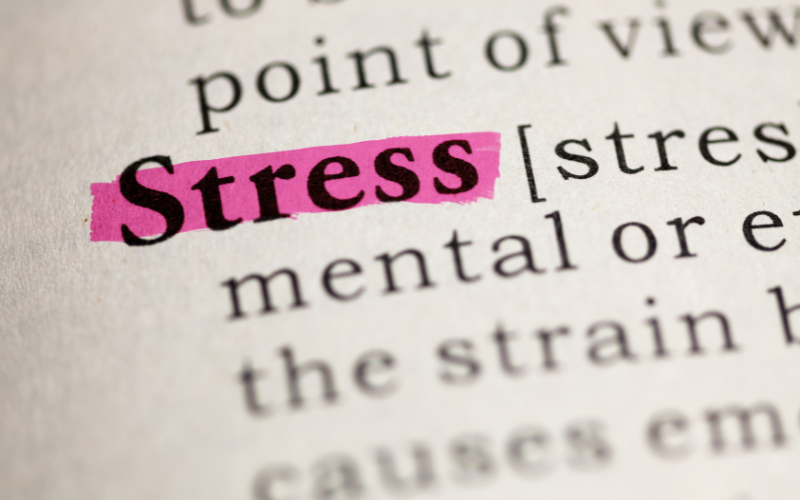We often take our breath for granted. It’s a natural process that occurs without us even thinking about it. However, learning to control our breath can have significant benefits for our physical, mental, and emotional well-being. In this article, we’ll explore the importance of breath control and share 10 better breath exercises that you can incorporate into your daily routine.
Why is breath control important?
The science behind breath control
Breath control is an essential aspect of maintaining overall health. Our breathing affects the oxygen and carbon dioxide levels in our blood, which in turn impacts our brain and body functions. By learning to control our breath, we can influence our body’s physiological responses to stress, anxiety, and other emotional states.
Benefits of better breath control
Some of the benefits of improved breath control include:
- Reduced stress and anxiety
- Improved focus and concentration
- Enhanced physical performance
- Lowered blood pressure
- Increased relaxation and mental clarity
Ten best breath exercises
1. Diaphragmatic breathing
Diaphragmatic breathing, also known as belly breathing, involves using the diaphragm, a large muscle located at the base of the lungs, to breathe more efficiently. To practice this exercise:
- Sit or lie down in a comfortable position.
- Place one hand on your chest and the other on your abdomen.
- Inhale deeply through your nose, allowing your abdomen to rise.
- Exhale slowly through your mouth, letting your abdomen fall.
- Repeat for several minutes.

2. Box breathing
Box breathing is a simple technique that can help you calm your mind and regulate your breath. To practice this exercise:
- Inhale for a count of four.
- Hold your breath for a count of four.
- Exhale for a count of four.
- Hold your breath for a count of four.
- Repeat for several rounds.
3. 4-7-8 breathing
The 4-7-8 breathing technique is designed to promote relaxation and alleviate stress. To practice this exercise:
- Inhale quietly through your nose for a count of four.
- Hold your breath for a count of seven.
- Exhale audibly through your mouth for a count of eight.
- Repeat for four breath cycles.
4. Pursed-lips breathing
Pursed-lips breathing can help you slow down your breath and improve lung function. To practice this exercise:
- Inhale slowly through your nose.
- Exhale through pursed lips, as if you were blowing out a candle.
- Repeat for several breaths.

5. Alternate nostril breathing
Alternate nostril breathing is a yogic breathing technique that helps balance the left and right sides of the brain. To practice this exercise:
- Sit comfortably with your spine straight.
- Close your right nostril w ith your right thumb.
- Inhale slowly through your left nostril.
- Close your left nostril with your right ring finger, and release your thumb from your right nostril.
- Exhale through your right nostril.
- Inhale through your right nostril, then close it with your thumb.
- Release your ring finger from your left nostril and exhale.
- Repeat for several cycles.
6. Lion’s breath
Lion’s breath is a powerful breathing exercise that helps release tension in the face and chest. To practice this exercise:
- Sit comfortably with your spine straight.
- Inhale deeply through your nose.
- As you exhale, open your mouth wide, stick out your tongue, and make a “ha” sound.
- Repeat for several breaths.
7. Humming bee breath
Humming bee breath, also known as Bhramari pranayama, is a calming breathing technique that helps reduce stress and anxiety. To practice this exercise:
- Sit comfortably with your spine straight.
- Close your eyes and place your index fingers on the cartilage between your cheeks and ears.
- Inhale deeply through your nose.
- As you exhale, make a humming sound, like a bee, with your mouth closed.
- Repeat for several breaths.

8. Belly breathing
Belly breathing is another name for diaphragmatic breathing, which we covered as the first exercise. Refer to the instructions under “Diaphragmatic breathing” for the steps.
9. Breath of fire
Breath of fire, or Kapalabhati pranayama, is a rapid breathing technique that generates heat and energy in the body. To practice this exercise:
- Sit comfortably with your spine straight.
- Take a deep breath in through your nose.
- Exhale quickly and forcefully through your nose, contracting your abdominal muscles.
- Allow the inhalation to happen passively as you relax your abdomen.
- Repeat for several rounds.

10. Rolling breath
Rolling breath is a technique that helps you connect with your natural breath rhythm. To practice this exercise:
- Sit or lie down in a comfortable position.
- Inhale slowly and deeply through your nose.
- Exhale slowly and completely through your mouth.
- Allow your breath to flow naturally, without pausing between inhalations and exhalations.
- Repeat for several minutes.
How to incorporate breath exercises into your routine
To get the most out of these breathing exercises, try incorporating them into your daily routine. You can practice one or more of these techniques in the morning, during breaks at work, or before bedtime. The key is to be consistent and find what works best for you.
The importance of consistency
Just like any other skill, breath control takes practice. The more consistently you practice these exercises, the better your breath control will become. Over time, you’ll notice improvements in your mental, emotional, and physical well-being as you become more adept at controlling your breath.
Let’s recap
Breath control is a powerful tool that can significantly enhance your overall well-being. By incorporating these 10 best breath exercises into your daily routine, you’ll experience reduced stress, improved focus, and increased relaxation. Remember to practice consistently and listen to your body as you explore these techniques.
FAQs
1. How long should I practice each breath exercise?
A general guideline is to practice each exercise for 2 to 5 minutes. However, you should listen to your body and adjust the duration based on your comfort level and experience.
2. Can I practice these breathing exercises if I have a medical condition?
While most of these exercises are safe for people with various health conditions, it’s always a good idea to consult with a healthcare professional before starting any new exercise routine, especially if you have a medical condition or are pregnant.
3. How quickly can I expect to see the benefits of these breath exercises?
The benefits of breath exercises can be experienced relatively quickly, with some people noticing improvements in their mental and emotional well-being within a few days or weeks. However, the key to long-lasting benefits is consistency, so be patient and continue practicing regularly.
4. Can I practice these breath exercises while lying down?
Yes, many of these exercises can be practiced while lying down, such as diaphragmatic breathing, belly breathing, and rolling breath. Just ensure you’re in a comfortable position and maintaining a straight spine.
5. Can I do multiple breath exercises in one session?
Yes, you can combine multiple breath exercises in one session. Experiment with different combinations to find what works best for you and helps you achieve the desired benefits.



